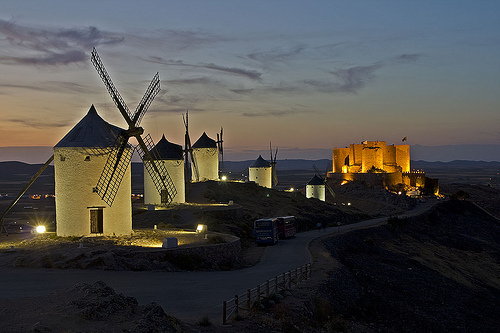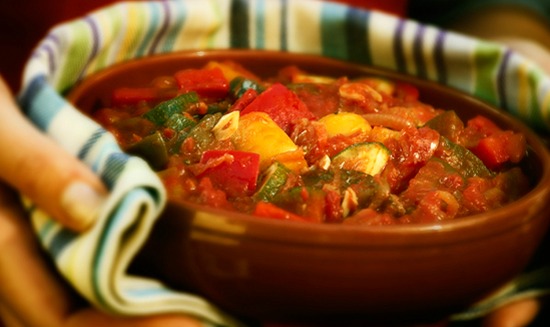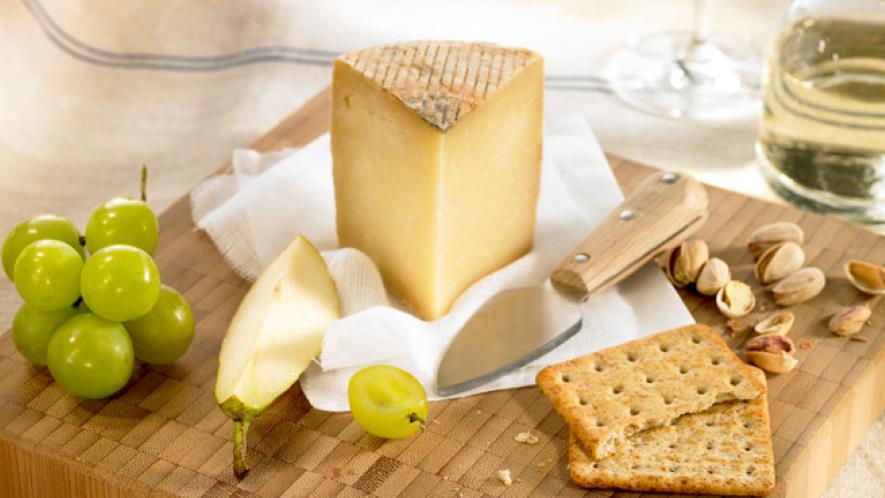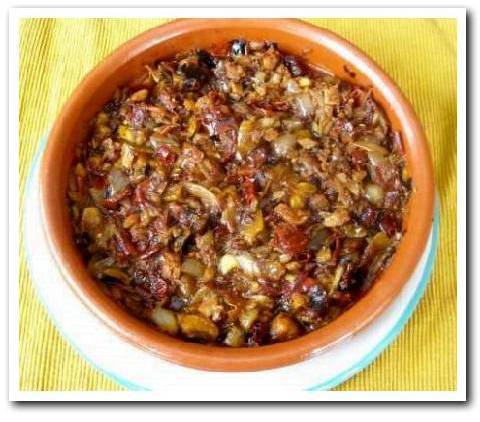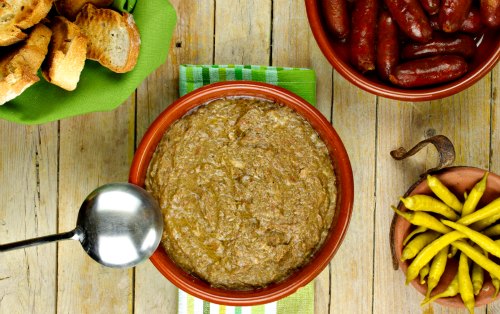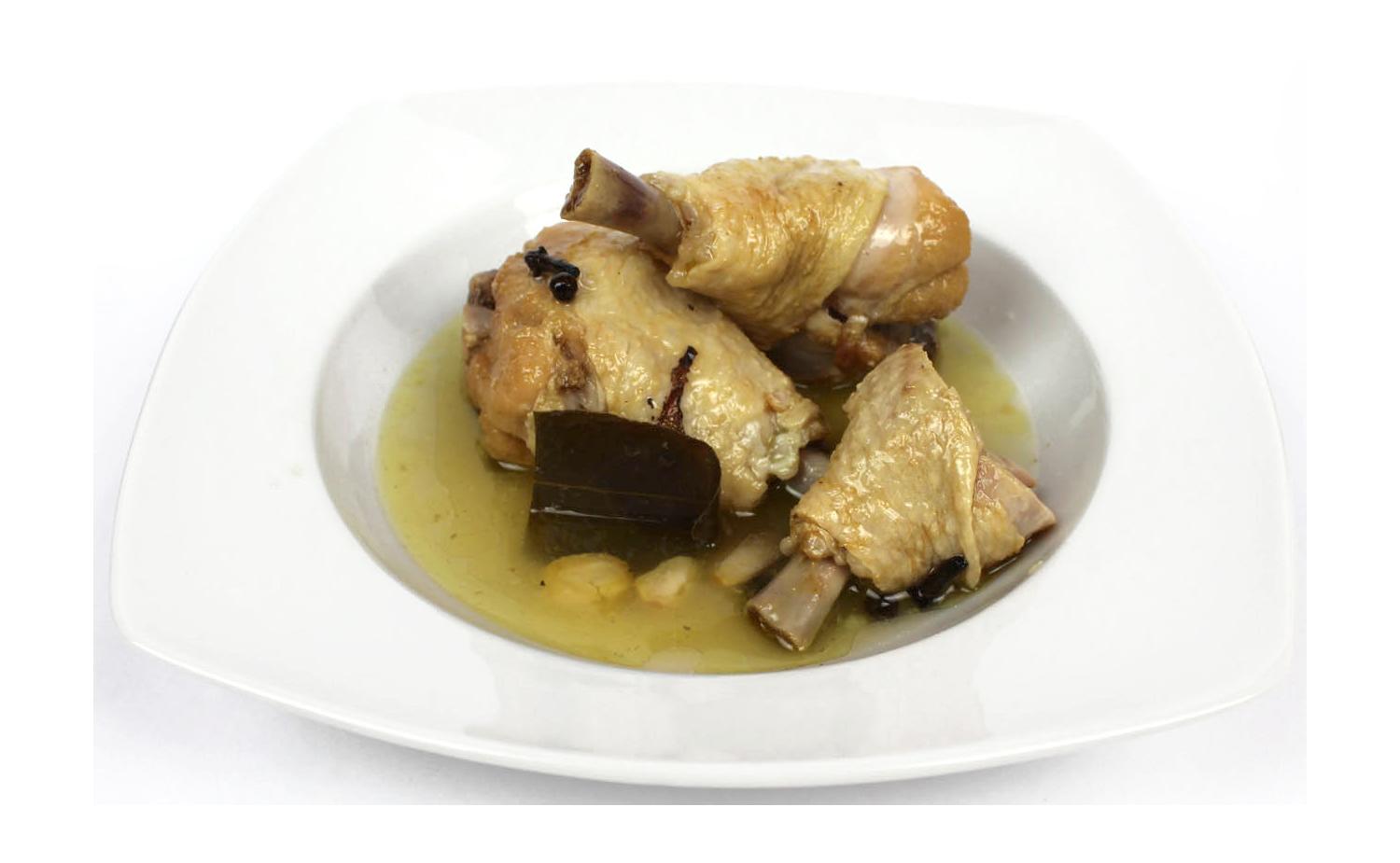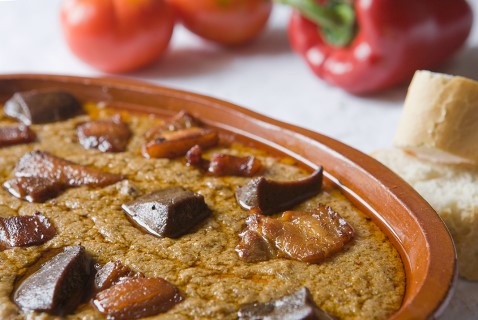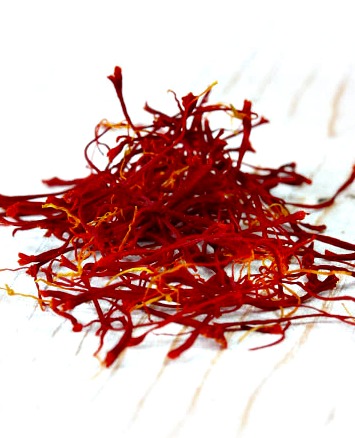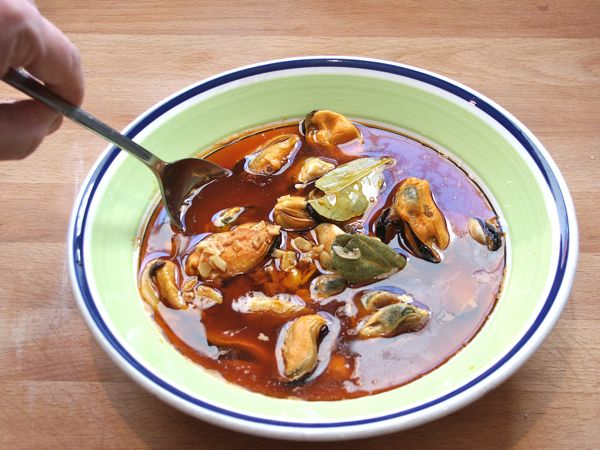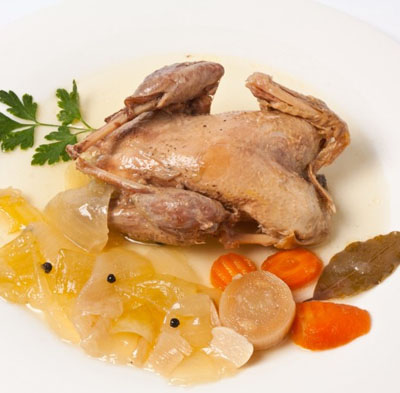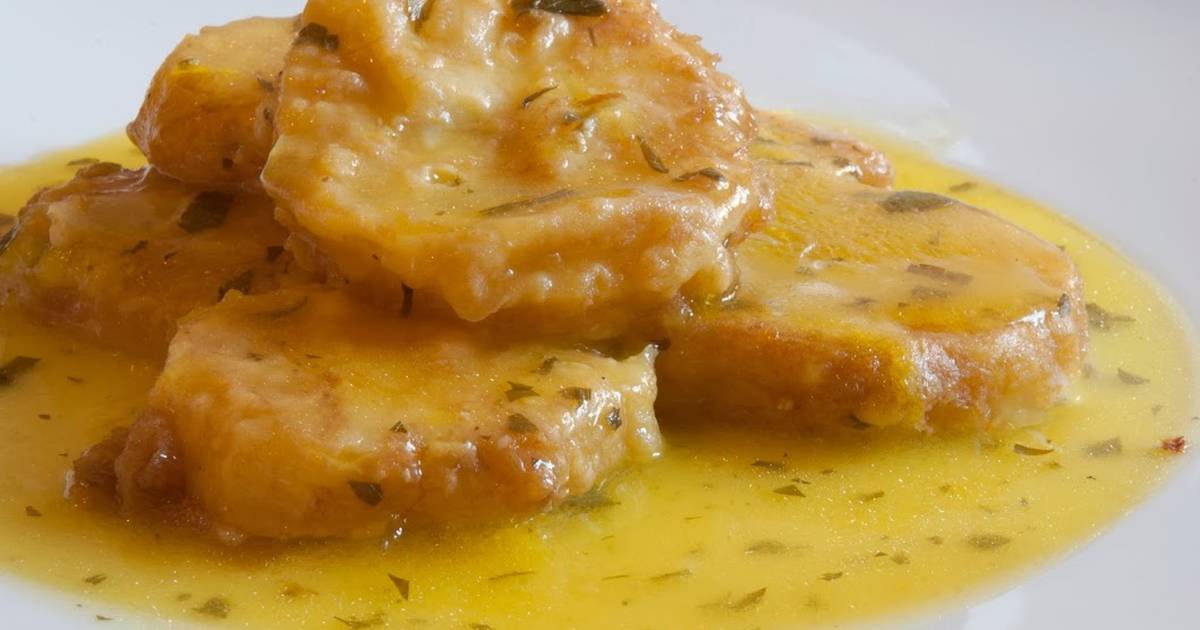Castilla la Mancha, Quixote cuisine
Located almost in the centre of mainland Spain, Castilla la Mancha and its cuisine is a very appreciated discovery for the traveller. The cuisine of this region is comprised of a great variety of traditional, hearty yet simple dishes which are prepared using elementary ingredients such as bread, meat, vegetables and accompanied by a wide range of wine, sheep's cheese and desserts, transporting the diner back to the era of Don Quixote and his faithful Sancho.
Nature, fields, hills, lakes and rivers can be tasted in its cuisine: aubergines from Almagro, garlic from Pedroñeras, peppers, tomatoes, olive oil, meat, including both game and farm animals which are later converted into unforgettable recipes or sheep's cheese which if preserved in oil can be stored for over two years.
Ever-present wine
Special mention must be given to the grape from which the local wine is made. Wine is the most important drink of this region and in Tomelloso the largest co-operative in Europe is found. There are various Denominations of Origin: La Mancha, Valdepeñas, Méntrida, Almansa... and the recent Dominio de Valdepusa and Finca de Elez.
The most famous wines are those of La Mancha and Valdepeñas, which have been written about on many occasions. Light red and white wines are drunk young, at a maximum of one or two years old and their alcoholic content oscillates between 11 and 13 degrees.
At present, a great effort is being made to obtain good ageing wine. Those wines which have been awarded the "Great Selection Award 2002", by the local government of Castilla La Mancha are as follows: red wine over 5 years old: Viña Albali Gran Reserva 91; red wine over 3 years old: Torre de Gazate Reserva 98 and red wine over 2 years old: R.V. Ruiz Villanueva 99.
In Castilla la Mancha, a flat farming area, agricultural produce is a very important component of the local cuisine. A few tomatoes, red and green peppers and a little courgette is enough to make a dish which has become a national speciality: "pisto manchego", a type of ratatouille which can be served either hot or cold and contains, in addition to the ingredients mentioned above, any other ingredient the cook fancies.
Pisto manchego: This variation on the classic pisto of La Mancha is beloved across Spain, and even though it departs from the recipe of old, Don Quixote would probably still approve. We usually serve it as a first course with fried eggs or scrambled eggs, or alone
|
Manchego is, without a doubt, the most famous cheese in Spain. It has been consumed since time immemorial throughout the region of La Mancha. This has made it possible today for an important cheese industry to develop, which maintains handcrafted production of the cheese. |
More examples of some of the recipes which are based on country produce are the famous roasted red peppers, which are chopped, roasted, mixed with tomato and dressed with oil and garlic, the popular "ajoarriero" and "tiznao", which are untypical examples of Castilla La Mancha dishes as they contain filleted cod which is flame-grilled in an earthenware dish with the ever-present pepper, tomatoes, onions and garlic.
Tiznao Manchego: This is arguably the most singular dish of La Mancha, and it is quite different from other cod preparations in Spanish cooking. It is a little labor-intensive, too, but it is well worth the time. Here, the salt cod, in contrast to most recipes, is not desalted before it is used, but is instead held under running water to wash the salt from the surface. Miraculously, the dish is not salty. The cod simply yields its salt to the rest of the ingredients, lending the dish the perfect amount of seasoning.
Other very typical dishes include the garlic soups, which may or may not contain cumin and paprika and the "migas de pastor", (fried breadcrumbs), which does not differ that much from the variations of this dish found in other places but which can be soaked in milk or accompanied by chocolate, pork products, sardines, grapes, etc.
Natural, yet rich cuisine
Morteruelo is a rich and ancient dish from Cuenca, a province of Castilla– La Mancha, east of Madrid. It is a pâtélike spread of game meats, usually served during winter on toasted bread.
However, in addition to the agricultural products, another main ingredient of La Mancha gastronomy is meat. An example of this are the "galianos" or "gazpachos de monte" (which must not be confused with the Andalusian variation), prepared using unleavened cakes and any type of poultry (including game) which is at hand.
This dish must be tried when the opportunity presents itself as it is not served throughout the year. There are more delicious meat dishes: the visitor to Toledo must try the delectable marinated partridge hotpot. Also the "tojunto", a rabbit stew from Ciudad Real; the "morteruelo", a paté made of pork and game birds from Cuenca and roast kid from Guadalajara.
To finish off the meal and freshen out the mouth, the diner has a wide variety of desserts to choose from. The most important include the lardy cakes, the oil buns and the flower shaped sweets and flakes with honey. Worth special mention are the "bizcochás de Alcázar", a tart soaked in milk with sugar, vanilla and cinnamon and the bizcochos borrachos, sponge soaked in wine and syrup.
And most of all we must not forget the marzipan from Toledo, a remains of a Muslim past, which is made from sugar and almonds, the "alajú" from Cuenca, an almond and nut pastry, almond soup, syrup, "marquesitas", pastry rolls, etc.
Pollo en Escabeche: Cooking chicken with escabeche is ideal for the summer, when you want to prepare a dish ahead of time. It is a simplified version of the traditional escabeche, and the process couldn't be easier. You can keep this dish refrigerated for a few days and then serve it cold or at room temperature. A green salad is a good accompaniment.
Ajo Mataero (Country Pâté of Pork Liver): This delicious Pâté from Albacete, a medieval town famous for its knives, is a typical first course for family lunches. It is served on a plate placed in the middle of the table, and everyone takes a portion and spreads it on toasted bread slices.
See also...
|
Spanish Saffron: Saffron has always been one of the world's most precious products. Crocus sativus is the botanical name of a crocus that originally came from Asia Minor, where it has been cultivated since ancient times. The Moors brought with them the spice az-zafaran during their invasion of Spain over a thousand years ago, Today over 70% of the world's production is grown on the high Castilian plateau known as La Mancha. |
Mejillones en escabeche: En escabeche is a traditional method of preserving foods that was frequently used before refrigeration. Castilla– La Mancha is known for its superb escabeches, of which this is just one good example. The mussels will keep in the refrigerator for up to a week.
Perdiz escabechada: As you leave behind the famous plains of Castilla-La Mancha and head south, you reach the Sierra Morena, which leads into neighbouring Andalusia. This large, mountainous area is a haven for hunters, who come for the partridges, among other game. La Carolina, a town in the area, has a hotel and restaurant called La Perdiz, which is renowned for its partridge dishes, including the birds prepared en escabeche. This recipe echoes a dish served there.
Patatas a la Importancia: The potatoes in this dish gain “importance” when fried in a simple batter of flour and egg. The dish used to be common in many homes, especially in Madrid, and although many younger families have forgotten about it, patatas a la importancia is still a classic among the older crowd. It is a wonderful appetizer, but it can also be served as a small meal, especially for children. Although you can fry the potatoes, arrange them on a platter, top them with the hot sauce, and serve them right away, they taste a bit better if you heat the fried potatoes and the sauce together on the stove top or in the oven.
